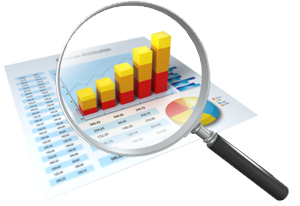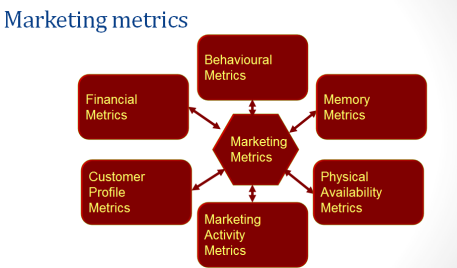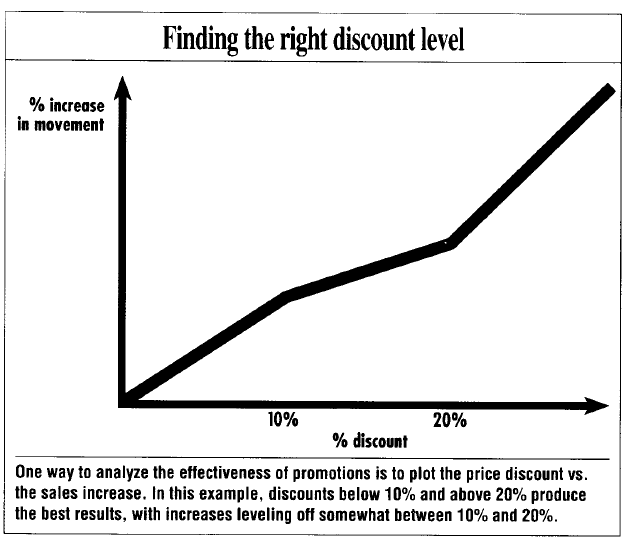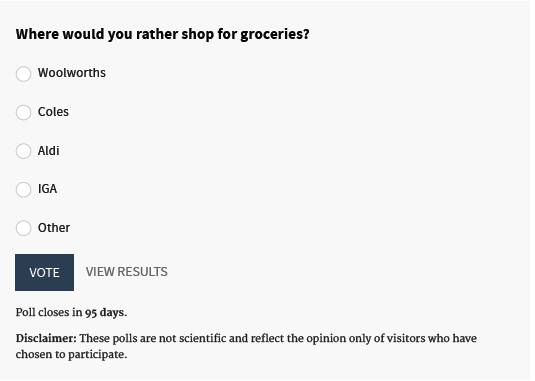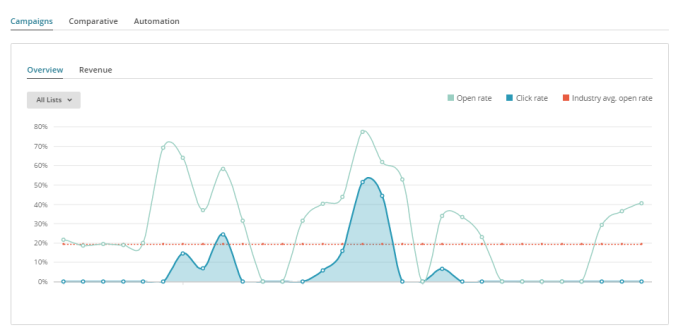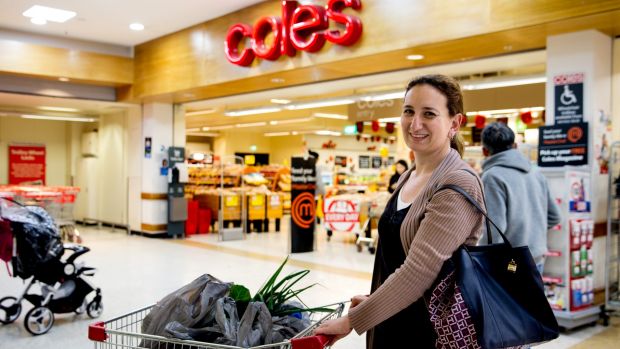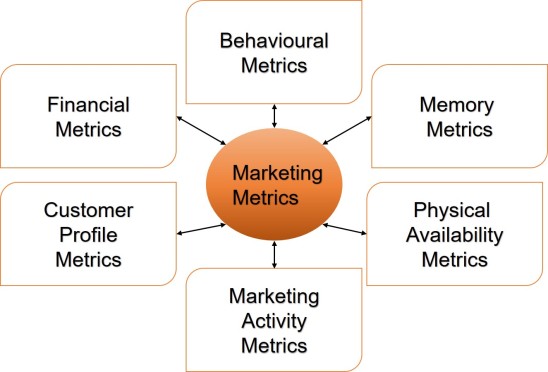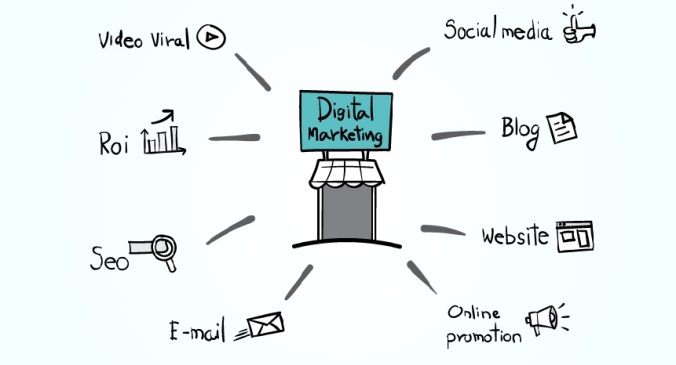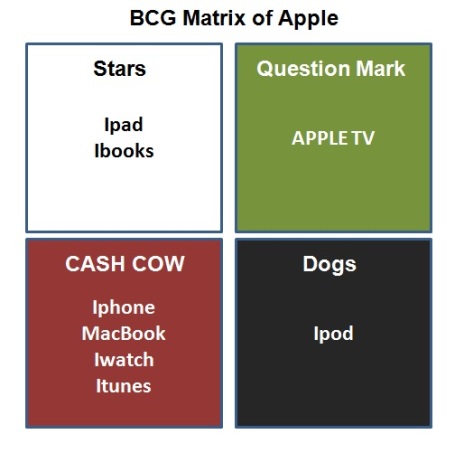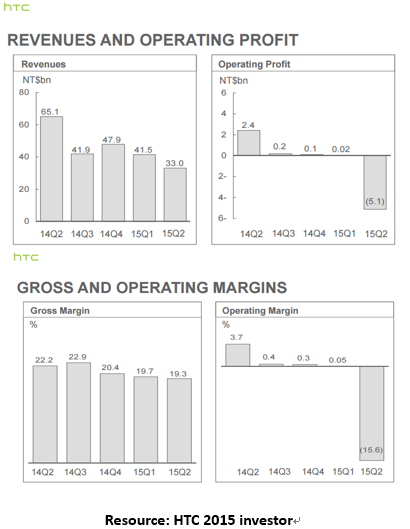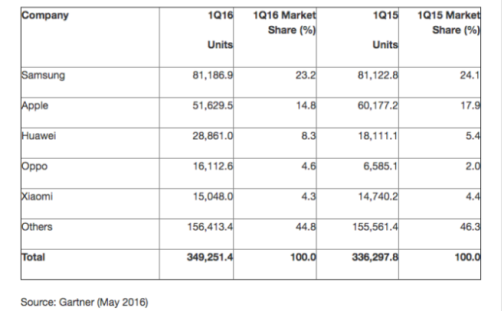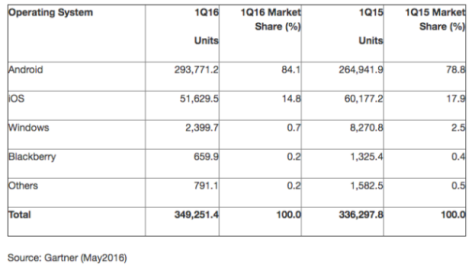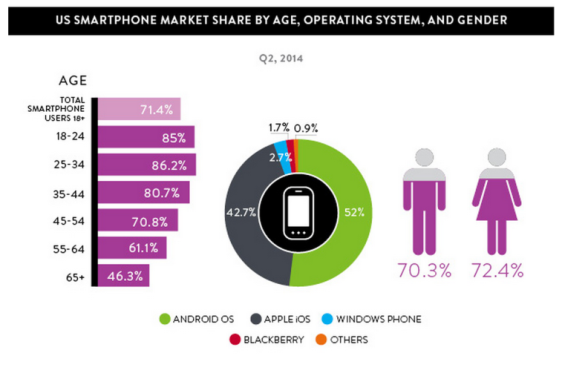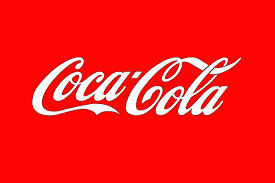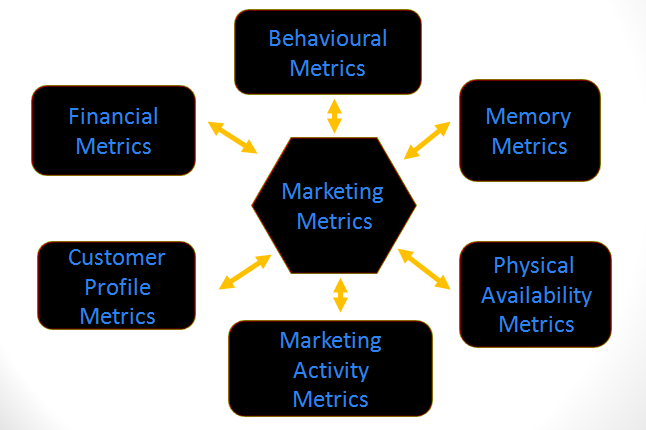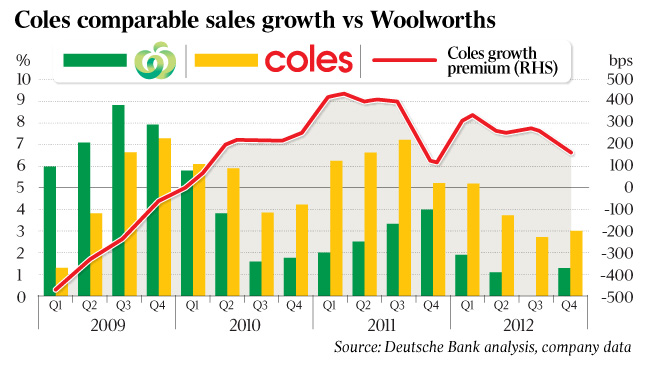With the introduction of the term metric, and with the technological development in the measuring system, companies are using various tools to evaluate their performance. Evaluating is a key to figure out what needs to be improved, and to stay on the same ground to that of the performance of the company. Marketers are using various metric tools not just to demonstrate its accountability but also to improve and enhance the intangible benefits, they provide to the companies and ensures they meet their performance goals. During economic downturns, the companies are prone to reduce the marketing budgets, the performance indicator tools helps to measure the degree to which the marketing spending contributes to the bottom line and its contribution to the other areas of the organization, sales and customer service for example.
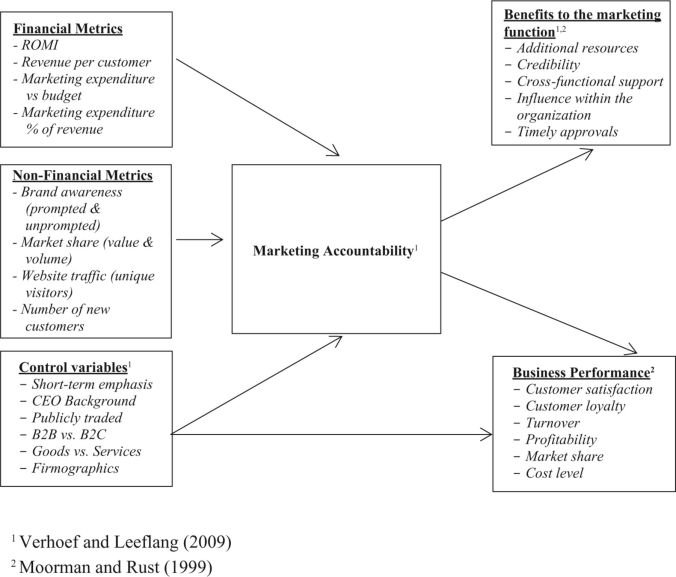 Kotler (2003) listed four types of marketing control, which states whether the company is effective in achieving the selected goals, making or losing money, and efficiently generating returns from the marketing expenditure, thus summarizing the four types under the head: annual-plan, profitability, efficiency and strategy and having done that, it is important to compare the four types individually and in a group using the marketing metrics. As per Clark, Abela, & Ambler, 2005, marketing functions may address a threat to its future, and during the time of economic uncertainty if the demand for the accountability and measurement is not addressed.
Kotler (2003) listed four types of marketing control, which states whether the company is effective in achieving the selected goals, making or losing money, and efficiently generating returns from the marketing expenditure, thus summarizing the four types under the head: annual-plan, profitability, efficiency and strategy and having done that, it is important to compare the four types individually and in a group using the marketing metrics. As per Clark, Abela, & Ambler, 2005, marketing functions may address a threat to its future, and during the time of economic uncertainty if the demand for the accountability and measurement is not addressed.
Marketing functions and activities can have a longer effect on the performance of the company and may not be recorded in the single financial year report. Hence the measure for marketing performance splits between, financial measures and those who incorporates non-financial measures. Discussion by Clark (2001) and Ambler (2003), suggested that marketing is not short of metrics and evaluation processes; Farris, Bendle, Pfeifier, and Reibstein (2004) identified 114 metrics that covers both financial and non-financial metrics, but lacks structural usage of the available matrices. Summarizing the huge list of metrics, Ambler, Kokkinaki and Puntoni (2004) categorized the marketing metrics, covering their top 15 metrics under (a) consumer attitudes, (b) consumer behavior, (c) trade customers (d) relative to competitors (e) innovation, and (f) accounting.
Financial Metrics can be used to measure the performance of the organization’s outcomes and identified as (a) return on investment (ROI), (b) revenue per customer, (c) marketing expenditure vs budget, and (d) marketing expenditure as a percentage of revenue. The main focus of these metrics is to provide a quantitative measure, and link the marketing activities to the company’s finances.
Marketing functions addresses directly or indirectly to the wide range of other organizational functions and needs to be evaluated regularly, and needs to be linked closely to the non-financial marketing evaluation metrics. This qualitative measurement of the market functions are the indicators of the future performance of the organization. It is accountable under four measures namely (a) brand awareness, (b) market share (volume and value), (c) website traffic (number of unique visitors) and (d) the number of new customers.
These two variables and sub-variables can be collected together in the form of the charts, data and templates to suit the requirement of the organization for further analysis of the growth and measure, defined by the marketing dashboard, which keeps the track of all measurable aspects of the organization. Typically, it categorizes the metrics results under the following categories: (a) customers, (b) product, (c) brand, (d) channels, (e) efficiency, (f) organizational development; and environment (micro-environment), helping the organization to allocate the resources in a better way and enhance the performance. With the development of the marketing accountability and creation of dashboard, business analyst can make a fact based decisions, developing a competitive advantage. Businesses are embracing performance management as a vital role in estimating organization’s bottom line, with marketing being one of the final frontiers for the business’s performance as it’s a key to any of the company ‘survival.
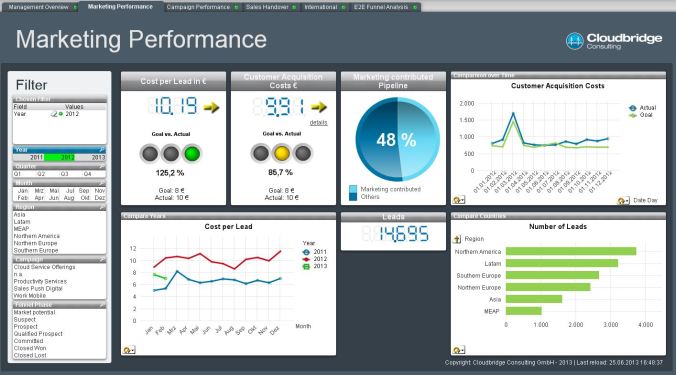
In future, if we expect marketing activities to survive the economic downturn, we need to arm the marketing mix with the marketing performance tools, or KPI (key performance indicator) and link qualitative and quantitative data to out space the growing competition in the market.

 Source:(Yorku.ca, 2016)
Source:(Yorku.ca, 2016)

